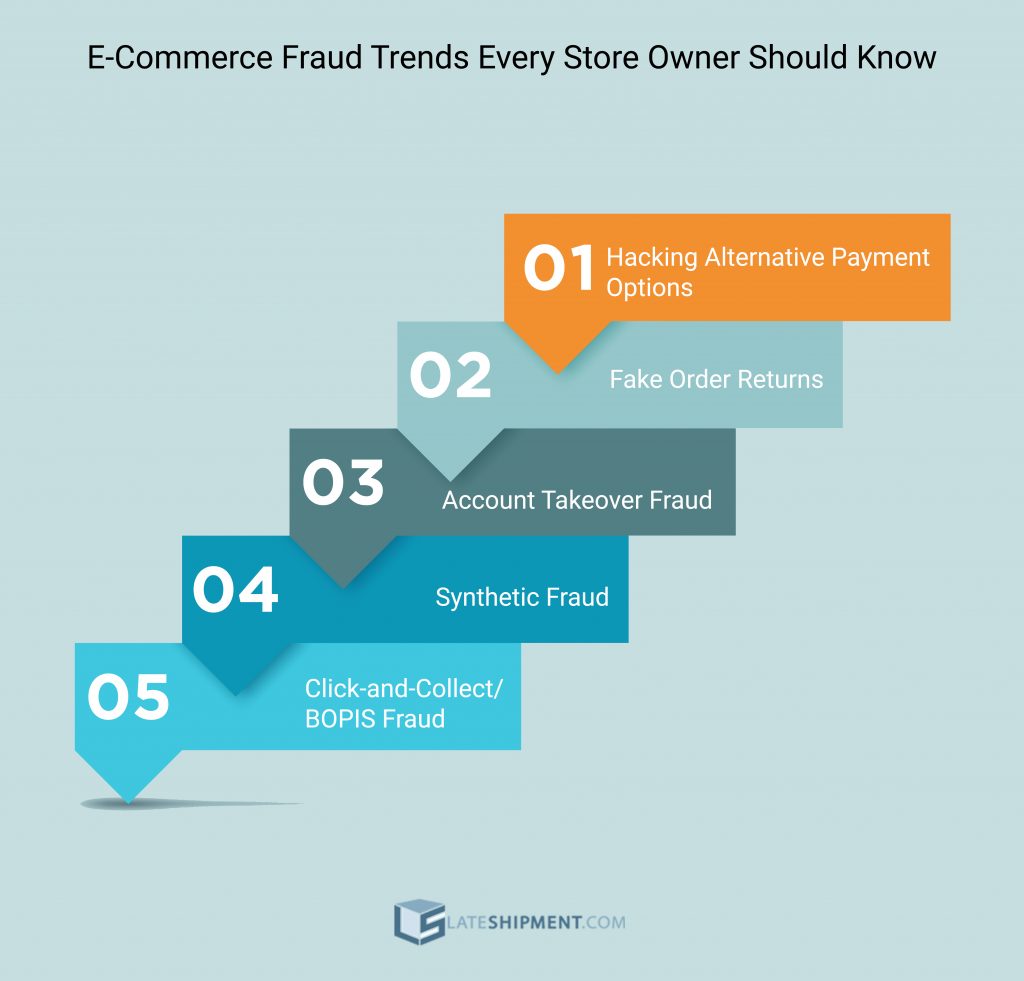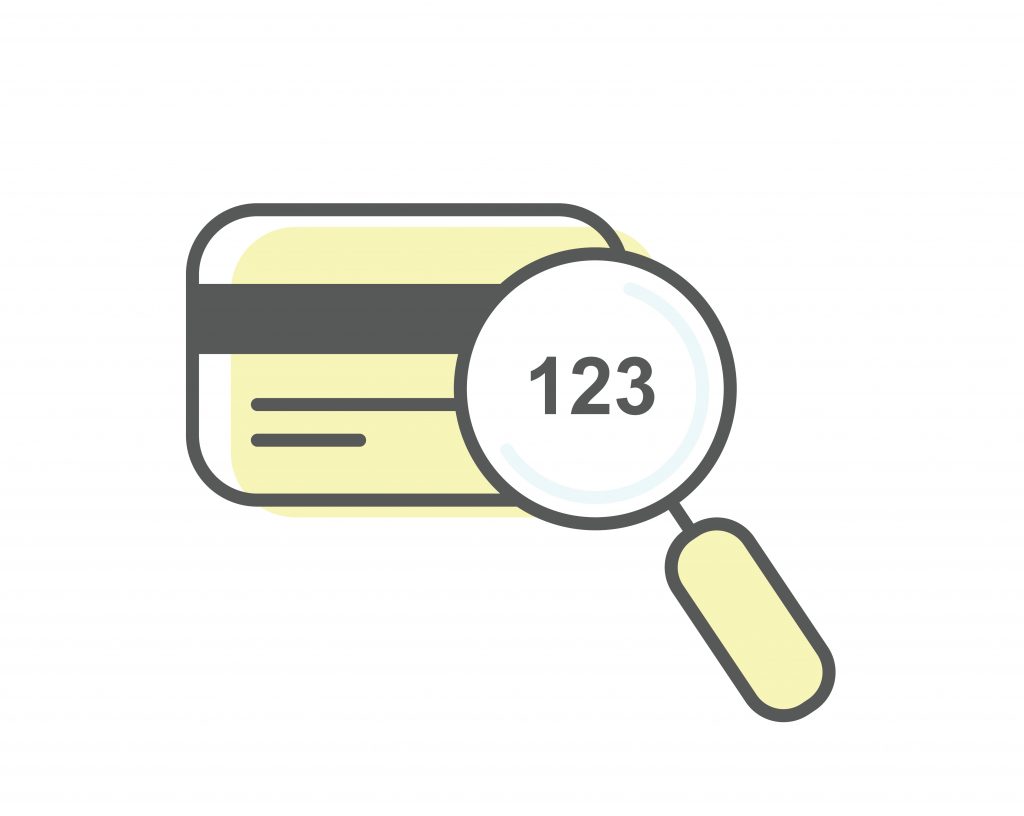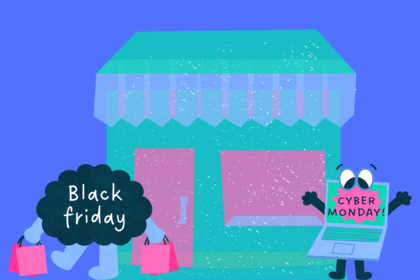More than in almost any other industry, fraud is overwhelmingly present in eCommerce. It negatively affects sales, profits, and brand reputation, and can significantly harm your business if you don’t have active fraud prevention measures.
This is all the more important at a time when a global recession as a result of the COVID-19 pandemic looms large.
Fraudsters are leveraging the same technology that merchants are using, making it increasingly easy for criminals to scale their operations.
There’s a famous saying about scaling that inspires eCommerce retailers and marketers: If you can make one dollar in sales, you can make a million. Unfortunately, the same goes the other way around: If you can defraud an eCommerce business for one dollar, you can defraud them for a million.
Juniper Research estimates that retailers stand to lose $71 billion globally from fraudulent card-not-present transactions between 2017 and 2022.
As fast as merchants integrate the newest scam or fraud pattern into their fraud prevention solution, criminals find a new way to leverage vulnerabilities and circumvent fraud controls.
It’s like a constant cat-and-mouse game, and you need to stay on top of all the trends if you want to prevent fraud in your eCommerce store.
Retailers stand to lose $71 billion globally from fraudulent card-not-present transactions between 2017 and 2022.
Here are the latest fraud trends you need to watch out for:
1. Hacking Alternative Payment Options
With millennials and Gen Z consumers more and more interested in mobile purchasing, they are looking for the most frictionless way to pay. This is great news for mobile payment providers who increase their customer base and merchants who can offer a wider spectrum of payment options, but also for fraudsters.
Fraudsters are finding these alternative payment systems are often easier to hack, making these types of transactions attractive targets:
Mobile Wallets
Mobile wallet apps and payment programs such as Skrill, Neteller, Venmo, Payoneer, Paysafecard, and others are extremely susceptible to fraud.

PayPal
Whereas many people think PayPal is a safer purchasing option than most common ones, if your account gets hacked, fraudsters can get access to multiple payment options that you connected to your account, increasing the damage even more.
2. Fake eCommerce Returns
Fraudsters are incredibly creative. Even when a purchase looks legitimate on the surface, it can still be fraudulent.
A merchant approves an order and sends it via their shipping partner. Soon after, the card-holding customer initiates a chargeback on the purchase, claiming they never placed the order.
The most surprising thing about this fraud trend is that it’s increasingly practiced among “regular” customers – i.e. normal, law-abiding citizens who don’t have a previous history of fraud. This aspect of the order return fraud trend can take merchants by surprise, as they can expect an increasing number of complaints and returns in cases of normal deliveries.
To decrease the number of these cases, you can create an FAQ section that explains that this is a fraud that will be reported to the authorities. In most cases, this will discourage fraudsters from practicing it.
The most surprising thing about fake order returns is that they are increasingly placed by regular customers who don’t have a previous history of fraud.
3. Account Takeover Fraud
Fraudsters can use a legitimate piece of a victim’s identity (e.g., a stolen Social Security number or email address credentials) to gain access to and take over the victim’s account.
This is why you should always be careful about the forgotten password process and make sure you review the users who went through it and see whether there were any suspicious purchases.
This fraud trend is problematic because it’s very hard to spot and identify at an early stage as an online store merchant. Usually, these types of identity thefts get discovered through other means, which means that you might unknowingly participate in a transaction with a fake identity.
4. Synthetic Fraud
Synthetic fraud in the form of fraudulent credit cards and auto and personal loans rose to $1.02 billion in the second quarter of 2019. This type of fraud presents one of the most problematic occurrences in fake identity creation, abuse of funds, and illegal online transactions.
This occurs when criminals create false identities using a combination of legitimate seed data and fake information.
They usually obtain Social Security numbers from the dark web and couple them with other personal information to create accounts in the same way a real person would. Using this technique, they fraudulently obtain credit cards, take out loans, receive driver’s licenses and passports, and even purchase cars.
This is one of the most dangerous types of fraud you can encounter in your eCommerce business because you will most likely be completely unaware of the illegality of it from the beginning of the transaction to the very end.
5. Click-and-Collect / BOPIS Fraud
Merchants don’t always require the customer to present the credit card used for the transaction — or even an ID — to collect the purchase. With no delivery address needed when placing the order and no in-store ID needed to pick up the order, it’s a goldmine for fraudsters.
The only minus for fraudsters in this scenario is that they will have to show up in person to pick up the goods they purchased, which is when they will get caught if a transaction raised red flags. Unfortunately, this rarely happens.
If you offer the BOPIS option (Buy Online, Pick Up in Store), make sure you ask for ID when a customer comes to pick up their purchase. Check that the ID matches the data the user entered in the click-and-collect process and that it’s a match with the credit card name.

How to Prevent Fraud in Your eCommerce Store
Don’t Hesitate to Verify
Many online payment platforms such as online casinos apply the “Know Your Customer” policy, which is something you shouldn’t be afraid to do in your eCommerce store.
Basically, every time a transaction or an account seems suspicious, you can ask for verification documents. If you’re afraid of losing business this way, realize that it’s better to lose several small transactions than to let fraudulent purchases slip by.
You can create documentation files that will explain to users why and when they need to verify their info.
With services like GrabMyEssay, you can get these documents written quickly and effectively.
Consider Purchase Limits
Purchase and sales limits (both daily and on a single account) could be harmful to your profit if set too low but can minimize your risk if you become a victim of fraud.
Do a cost-benefit analysis before implementing this type of policy and aim to go for a figure that’s rarely reached by your regular customers (for example, thousands of dollars if you’re a fast fashion seller).
Ask for CVV
Many online retailers aren’t aware of this, but it’s impossible for someone to obtain someone’s CVV without physically stealing the card. This is because, according to PCI rules, any platform which receives this number from a user is required by law not to store it.
Most payment processors will include this requirement for all payments (including on the Shopify and WooCommerce payment platforms), but if yours doesn’t have it, make sure you add it as soon as possible.

Employ Maintenance and Cybersecurity Staff
Regrettably, this is something that many merchants do only after they have fallen victim to fraud, but it can also be practiced as a preventive measure.
If you have IT staff that’s exclusively dedicated to cybersecurity monitoring and security maintenance, you will significantly decrease your chances of falling prey to fraudsters.
Conclusion
Fraudulent users try to think from the retailer’s perspective.
Fraudsters want to maximize their returns, and that means it’s essential for them to get in, defraud your business and your customers, and get out quickly.
If it’s too hard — or the returns aren’t profitable enough — fraudsters will turn their focus to a more vulnerable target. This should be your main defense tactic – make it too expensive or time-consuming for fraudsters to mess with your store.
In other words, if you want to prevent them, you have to think from their perspective in return.
This article is a contribution by Leona Henryson
About the author: Leona Henryson is a freelance blogger and marketing specialist at TopWritersReview, a website for top college writers reviews. She is constantly looking for new ways to improve customer experience and help businesses reach out to their target audience.
A Little about LateShipment.com
LateShipment.com is the world’s only logistics cloud tool that helps businesses of every size reduce shipping costs by up to 20% and provide memorable delivery experiences to customers at scale.
At LateShipment.com, our focus has remained steadfastly on the last mile, typically the part of the logistics chain that is the most opaque.
Some of our high-impact offerings are :
- Save up to 20% on Shipping – Automatically audit your shipping carriers’ invoices and recover refunds for 50+ service failures & billing errors including late deliveries.
- Real-Time Visibility – Monitor your outbound & inbound shipments across multiple shipping carriers on a centralized window, in real-time.
- Critical Delivery Alerts – Pay attention to daily deliveries with predictive delay alerts and more on a purpose-built dashboard for support reps.
- Proactive Issue Resolution – Proactively communicate with customers to prevent them from having bad experiences due to delivery failures.
- Custom Delivery Notifications – Send custom or automated delivery status notifications for events like “shipped,” “attempted,” & “delivered.”
- Branded Tracking Pages – Build fully-customizable order tracking pages for your customers to improve brand recall and sales.
The best part is, it takes less than 2 minutes to see LateShipment.com in action.
COVID-19 Note: To help tide over the current crisis, we are giving all businesses full and free access to our Delivery Experience Management Platform till June 30, 2020.
The value we add to businesses is most evident when experienced first-hand.








